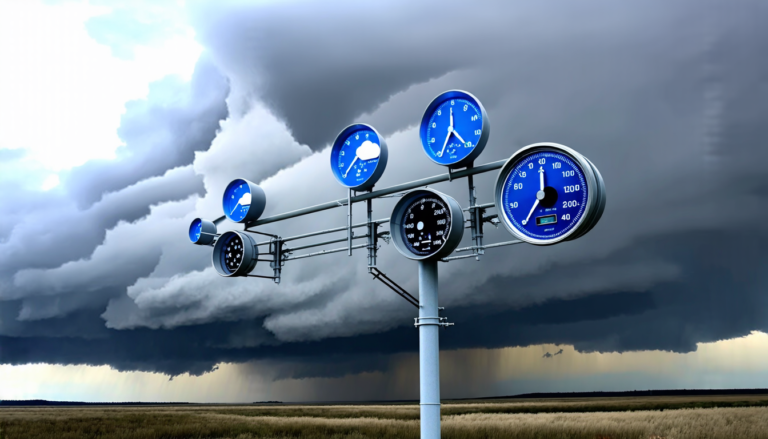Wednesday 09 April 2025
The rhythms of urban life are a fascinating and complex phenomenon, with patterns and flows that shape our daily experiences in ways both subtle and profound. Now, a team of researchers has delved deeper into these rhythms, uncovering new insights about how cities work and what they can tell us about ourselves.
Using data from mobile phone networks, the researchers analyzed the movements of millions of people across 60 Chinese cities, looking at where and when they went, and in what numbers. They found that despite the apparent chaos of urban life, there are underlying patterns and structures that shape our daily routines.
One key finding was that cities have their own unique rhythms, with different areas experiencing peak flows of people at different times of day. In some places, like Beijing, the morning rush hour is intense and short-lived, while in others, like Quanzhou, it’s a more gradual build-up throughout the morning.
The researchers also found that these rhythms are not just limited to individual cities, but can be seen across entire regions. For example, they discovered that cities with higher average daily travel distances tend to have faster-paced rankings of inflow and outflow, meaning that people are more likely to move around and visit different areas during the day.
But what does this all mean? One possible implication is that our urban environments are shaped by a complex interplay between individual behaviors and larger structural factors. By understanding these patterns and rhythms, city planners and policymakers may be able to design more efficient and livable cities, with better provision for transportation, housing, and public spaces.
Another potential takeaway is that the way we move around our cities can say something about who we are as individuals and as a society. For example, people who live in cities with faster-paced rankings of inflow and outflow may be more likely to be entrepreneurs or freelancers, while those in slower-paced cities may be more likely to work traditional 9-to-5 jobs.
The researchers’ findings also raise questions about the impact of technology on our urban lives. With the rise of ride-hailing apps and social media, are we becoming more isolated and sedentary, or are these tools helping us to connect with others and navigate our cities more easily?
As we continue to explore the complexities of urban life, it’s clear that there is still much to be learned about how our cities work, and what they can tell us about ourselves.
Cite this article: “Unraveling the Hidden Rhythms of Urban Mobility: A Study on the Ranking Dynamics of Human Flow”, The Science Archive, 2025.
Urban Life, Rhythms, Patterns, Flows, Mobile Phone Networks, Data Analysis, City Planning, Transportation, Housing, Public Spaces
Reference: Hao Wang, “Ranking dynamics of urban mobility” (2025).







